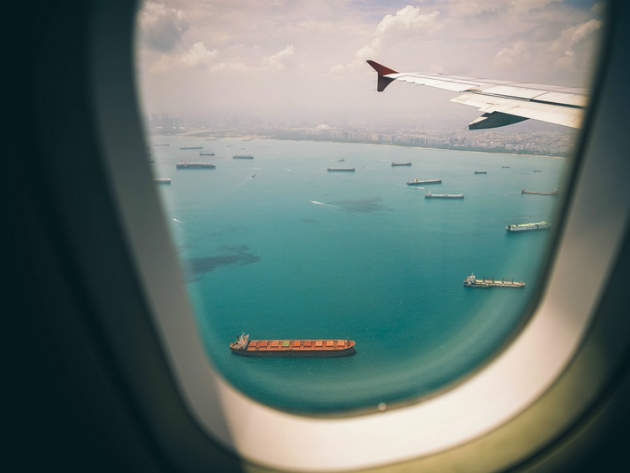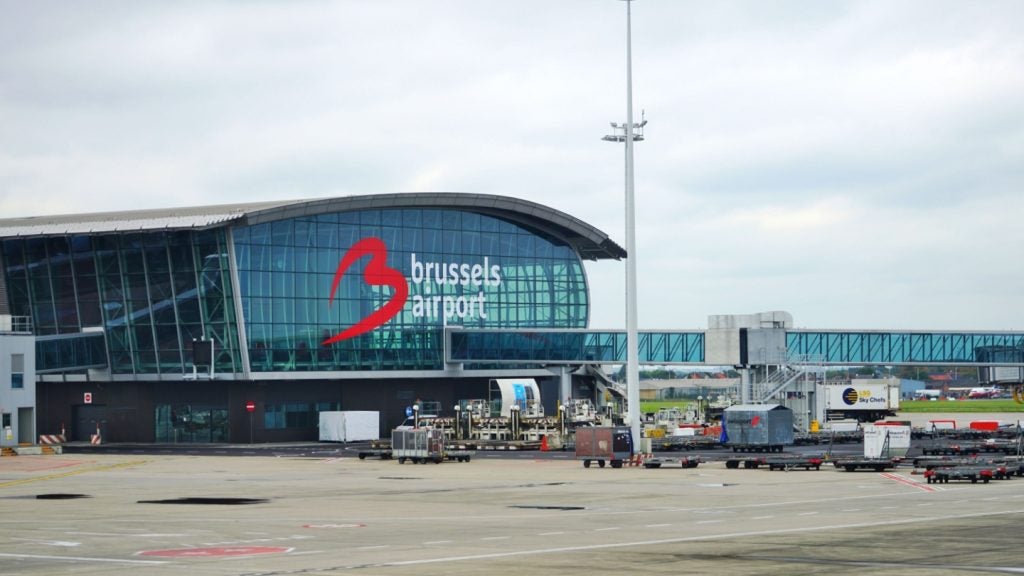
Counterfeit medicine rakes in around $200bn a year globally and airports are a crucial link as these illegal and often dangerous drugs transit across borders. So what can airport staff do to cut the supply chain of illegal, life-threatening drugs?
Airports are key links in the pharma supply chain, particularly when it comes to critical, life-saving medicine that needs to be transported quickly.
While the bulk of medicine travelling across borders is predominantly shifted by sea – 3.5 million tonnes are shipped by sea every year, compared to only 0.5 million by air – transporting by air is far more lucrative and is valued at $213bn, compared to $56bn for sea freight. And that value is increasing by 6% year-on-year, according to research by the Seabury Group.
This makes the smuggling of counterfeit medicine by air a lucrative business, and a big issue. While most developed countries currently have a low proportion of counterfeit medicines, in many regions of developing countries across Africa, parts of Asia, and parts of Latin America, over 30% of the medicines on sale can be counterfeit.
The World Health Organization (WHO) describes counterfeit medicine as “the illegitimate manufacture, distribution, widespread availability and indiscriminate use of substandard, spurious, falsely labelled, falsified [and] counterfeit medical products.” The substances often pose a great danger to public health, as they might lack key active ingredients to fight the disease, or contain the wrong dosages of others.
Fighting smuggling with technology
Transport nodes, such as airports, are paramount in stopping the illegal trade of fake medicines, which are difficult to recognise once they enter the market, with even licensed distributors, pharmacists, healthcare providers or patients sometimes unable to detect or differentiate between counterfeit and genuine medicines.
How well do you really know your competitors?
Access the most comprehensive Company Profiles on the market, powered by GlobalData. Save hours of research. Gain competitive edge.

Thank you!
Your download email will arrive shortly
Not ready to buy yet? Download a free sample
We are confident about the unique quality of our Company Profiles. However, we want you to make the most beneficial decision for your business, so we offer a free sample that you can download by submitting the below form
By GlobalDataRecently, the United Arab Emirates (UAE) Ministry of Health and Prevention rolled out a state-of-the-art tool to detect counterfeit or low-quality drugs at transit points. Called TruScan RM Analyser, the technology comes in the form of a light carry-on device that can perform accurate, reliable and rapid verification of a broad range of chemical compounds.
The device was rolled out between Abu Dhabi Airport and Abu Dhabi Port, and the border ports in Al Ain and Dubai International Airport, along with plans to station more drug inspectors to prevent the distribution of counterfeit drugs across the UAE.
Another technology popular with border control staff is ThruVis, a non-invasive people-screening camera that can detect substances such as liquids, powders and pills concealed beneath clothing.
“It’s a very powerful tool that enables airport staff to isolate individuals who are carrying anomalous objects,” says Jonathan James of surveillance and security firm Digital Barriers, which supplies ThruVis. “Concealed counterfeit medicine is very important, and makes up a large number in terms of the volume that’s stopped at borders.”
Unlike TruScan, the cameras do not identify the composition of the concealed substances, or whether they are counterfeit or genuine, but instead they offer early stage detection without disrupting the flow of people passing through security checks.
“They can be looking for body-packers, who may have large quantities of counterfeit medicine strapped to their torso or legs. We pick that up in real time, without revealing any anatomical details of the person, and we do so in a completely passive manner,” James says.
“The information can be recorded, and the person can be identified and subjected to further screening for concealed objects.”
At present ThruVis is used throughout Asia, while the company is currently in close dialogue with the US’s Transportation Security Administration (TSA), for deployment at mass-transit stations.
Tighter regulation is paramount
The difficulties that arise in identifying and stopping the smuggling of counterfeit medicine can sometimes interfere with the supply chain of legal, essential drugs and their arrival at their destination in a quick and efficient fashion.
This happened both in 2008 and 2009, when Dutch customs authorities at Amsterdam’s Schiphol Airport seized shipments of medicines from India to Brazil, Peru and Nigeria. At the time, the authorities detained 570kg of losartan, a drug used to lower blood pressure, and delayed it for a month. A transhipment of anti-HIV medicine headed to Nigeria, paid for by the Clinton Foundation on behalf of UNITAID, was also seized.
The countries affected by the detainment complained, pointing out that the medicine in question was indeed legal in all the countries across the supply chain.
Such errors can adversely affect both the supply of vital medicine from reaching those in need, and the power to effectively prevent illegal trade.
However, a report by the UCL School of Pharmacy warns that no “customs authority should be discouraged from attempting genuinely to prevent falsified or otherwise illegal medicines from entering the territory it is charged with defending.”
In such cases, appropriate legislation can be the only way forward. The safe access to medicine was recognised as a human right in 2014 by the United Nations Human Rights Council, and the recent advent of the European Union’s Falsified Medicines Directive will further help ensure that all prescription medicines that transit through Europe are serialised, verified and authenticated from February 2019 in all member states.
While this is a big step forward, a similar global measure is undoubtedly needed to cut the counterfeit supply chain affecting developing countries, which are at the forefront of this battle.





